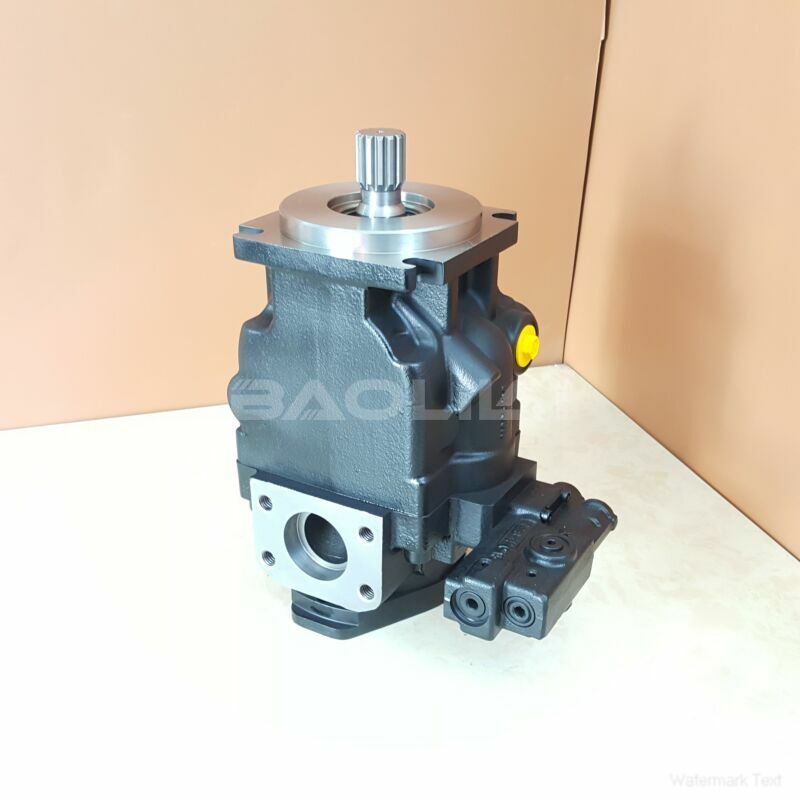JRRS51BLS1815NNN3C2AFA8NFFFJJJNNN hydraulic pump
JRRS51BLS1815NNN3C2AFA8NFFFJJJNNN hydraulic pump

- Product Details
- Applicable Scene
In modern agriculture, optimizing the delivery of fertilizers is crucial for enhancing crop yields and ensuring sustainable farming practices. Plunger pumps have emerged as a reliable and efficient solution for fertilizer injection systems, playing a vital role in precision agriculture. This article delves into the functionalities, advantages, and applications of plunger pumps in agricultural fertilizer injection systems.
JR-R-S51B-LS-18-15-NN-N-3-C2AF-A8N-FFF-JJJ-NNN
JRRS51BLS1815NNN3C2AFA8NFFFJJJNNN
Plunger pumps operate on a positive displacement mechanism, delivering a fixed volume of liquid with each stroke of the pump. This characteristic makes them particularly effective in fertilizer injection systems, where accurate dosing of nutrient-rich solutions is essential. The pump’s design typically includes a cylinder and a reciprocating plunger that creates a suction effect, drawing in the fertilizer solution and then expelling it under pressure. This functionality allows for consistent flow rates, ensuring that plants receive the necessary nutrients at the right time.

83056366
One of the significant advantages of plunger pumps in agricultural applications is their ability to handle a wide range of viscosities and chemical compositions. Fertilizer solutions can vary in thickness and may contain various additives. Plunger pumps are engineered to accommodate these variations without compromising performance. Additionally, the robust construction of plunger pumps enables them to withstand harsh environmental conditions, which is often the case in agricultural settings.
Another benefit of using plunger pumps in fertilizer injection systems is their efficiency and precise control over the injection rates. With advancements in technology, many plunger pumps can be integrated with automated systems that monitor and adjust fertilizer application based on soil nutrient levels and crop needs. This precision not only optimizes fertilizer usage but also minimizes environmental impacts, such as runoff and leaching.





